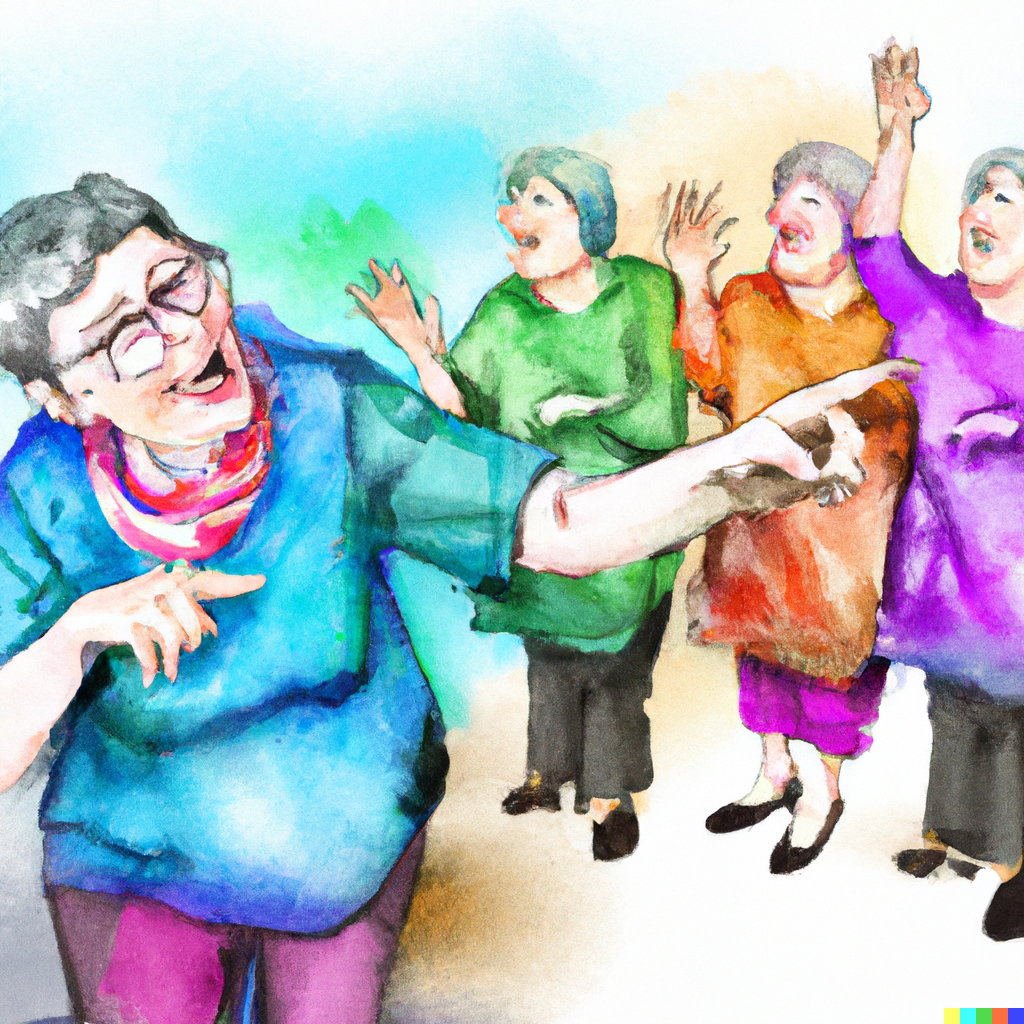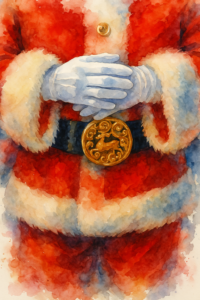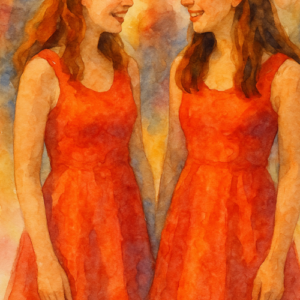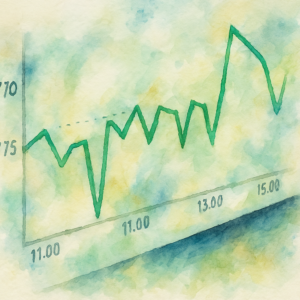Improve your French listening comprehension with this 8 second clip from the Balades podcast! It’s 27 words, rapid fire. Try it at any level and improve your ear for spoken French!
Take the quiz, join the conversation.
Did you find this one challenging or easy? Did you hear something diffferent? What surprised you? What levels did you complete? Comment below and share what’s opening up for you with this quiz.
This clip is from Balades Episode 3. Listen and fill in what you hear below. Read more and find a translation below. Find the full podcast here.
Press play and take the transcription quiz to practice your French listening comprehension.
(You can use the ⋮ to adjust playback speed)
The above audio sample and transcription is from Balades ep. 3. We do not own the content. Listen to the entire episode here.
That’s it
That’s it. I’m gesturing and nodding right now. I need to keep practicing and listening. Recently I came across a Reddit post talking about how listening is a challenge. That poster’s experience really resonated with my experience. That’s why I created this site, and that’s why I continue to post here. I want to improve and I want to help others.
Also, I’m in love with the expression “font oui de la tête”, is that really to nod? Amazing. I mean, it’s what nod means, but I didn’t expect there not to be a word for “nodding”. It’s interesting that it’s a full idiom/expression. It’s the fascinating little quirks in every language that make them so much fun.
If you’re just joining us as a beginner, I recommend you start with the first dfepisode of Balades. Follow along daily for new clips.
How did you find today’s clip compared to yesterday’s clip? I tend to be most comfortable when the clip is around 150wpm. I love Balades for my current level, around A1 (hopefully progressing to A2). Hopefully you’re enjoying these clips too. Even when there’s a fast clip, it’s still manageable. The right amount of challenge. What do you think? Join us for the next quiz.
How are you finding these shorter snippets? I’m open to any and all feedback, as always. Let me know.
The snippet in English
Find a translation of this snippet here, how much of this did you hear?
Et elle me montre avec de grands gestes quelle direction prendre pendant que ses amies font oui de la tête ou disent : « C’est ça ».
And she gestures to me which way to go while her friends nod or say, “That’s it.
The above translation from Deepl. Source
What does “c’est ça” mean?
“C’est ça” is a French expression that can be translated to “that’s it” or “that’s right” in English. It is a common and informal expression used in conversation to indicate agreement, confirmation, or approval.
The phrase is made up of two parts: “c’est,” which means “it is,” and “ça,” which means “that.” When combined, “c’est ça” can be used to convey the sense of “that’s the way it is” or “that’s the thing.”
“C’est ça” is a versatile phrase that can be used in a variety of contexts. It can be used to show agreement with what someone has said or to indicate that a task has been completed successfully. It can also be used sarcastically to express frustration or annoyance with a situation or to dismiss someone’s opinion.
Here are a few examples of how “c’est ça” might be used in context:
- “Tu as raison, c’est ça!” (You’re right, that’s it!)
- “J’ai fini de nettoyer la cuisine. C’est ça!” (I finished cleaning the kitchen. That’s it!)
- “Tu veux me dire que tu n’as pas encore terminé ce travail ? C’est ça, je ne vais pas te payer pour ça !” (You mean to tell me you haven’t finished this work yet? That’s it, I’m not going to pay you for that!)
One fun fact about “c’est ça” is that it can be used to create a catchy chorus in a French song. In the 1998 hit song “Prélude de Bach” by French rapper MC Solaar, the chorus features the phrase “C’est ça… c’est ça… c’est ça… la belle vie!” (“That’s it… that’s it… that’s it… the good life!”). The song became very popular in France and helped to popularize the phrase “c’est ça” among French youth culture.
What does “faire oui de la tête” mean?
“Ils font oui de la tête” is a French expression that means “they are nodding their heads,” or “they are indicating agreement by nodding their heads.” This phrase is a common way to describe a group of people who are in agreement or who are listening attentively to someone.
The phrase is made up of three parts: “ils,” which means “they,” “font,” which is the third-person plural form of the verb “faire,” meaning “to do” or “to make,” and “oui de la tête,” which means “yes with the head,” or “nodding one’s head in agreement.”
The expression “faire oui de la tête” is a common way to describe the act of nodding one’s head in agreement in French, and it is often used in conversation and writing. Some synonyms for “faire oui de la tête” include “acquiescer de la tête” and “approuver d’un signe de tête.”
Here are a few examples of how the phrase “ils font oui de la tête” might be used in context:
- “Pendant la réunion, tout le monde était d’accord avec la proposition, ils ont tous fait oui de la tête.” (During the meeting, everyone agreed with the proposal, they all nodded their heads.)
- “Les enfants écoutaient attentivement l’histoire, ils faisaient tous oui de la tête.” (The children were listening attentively to the story, they were all nodding their heads.)
- “Pendant la conférence, les participants ont montré leur accord en faisant oui de la tête.” (During the conference, the participants showed their agreement by nodding their heads.)
One fun fact about this phrase is that nodding the head up and down to indicate “yes” is not universal. In some cultures, such as Bulgaria and Greece, nodding the head up and down means “no,” while shaking the head side-to-side means “yes.”
What did you love about this?
Comment below with your feedback! Tells us what you think. Send a note or leave a comment below. We appreciate the feedback. Also, we’re always looking for partners to build this site and grow the content available.









